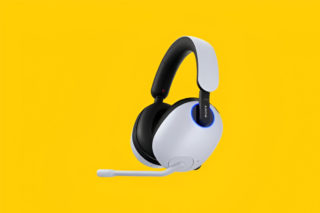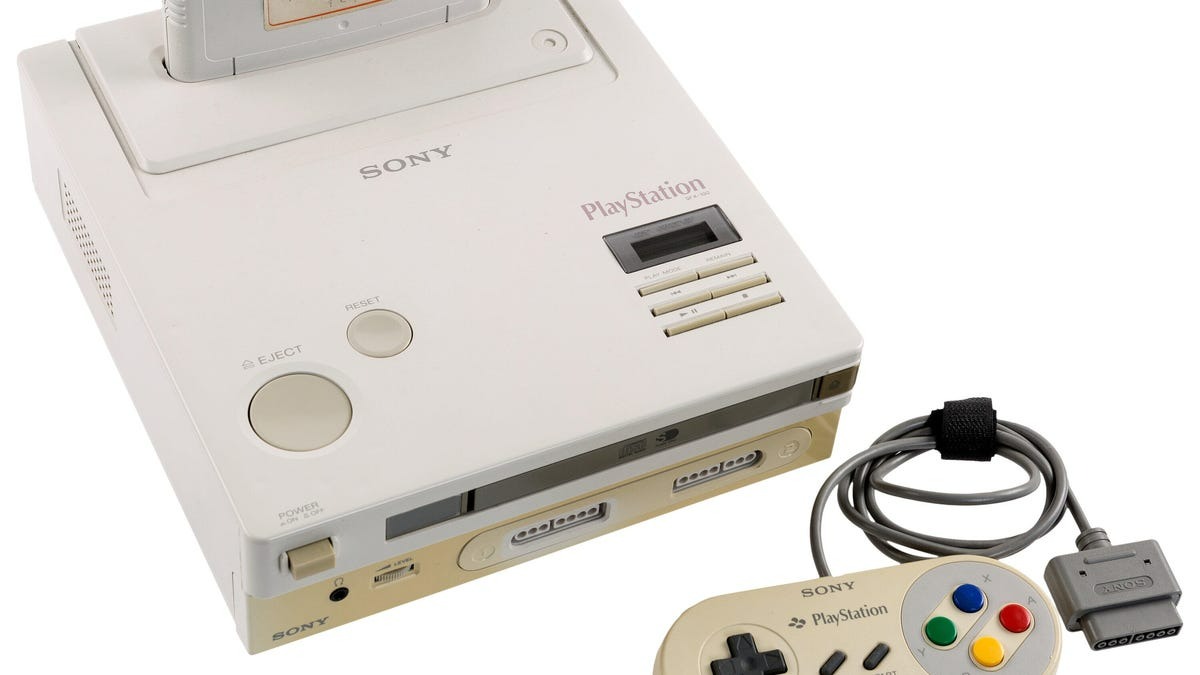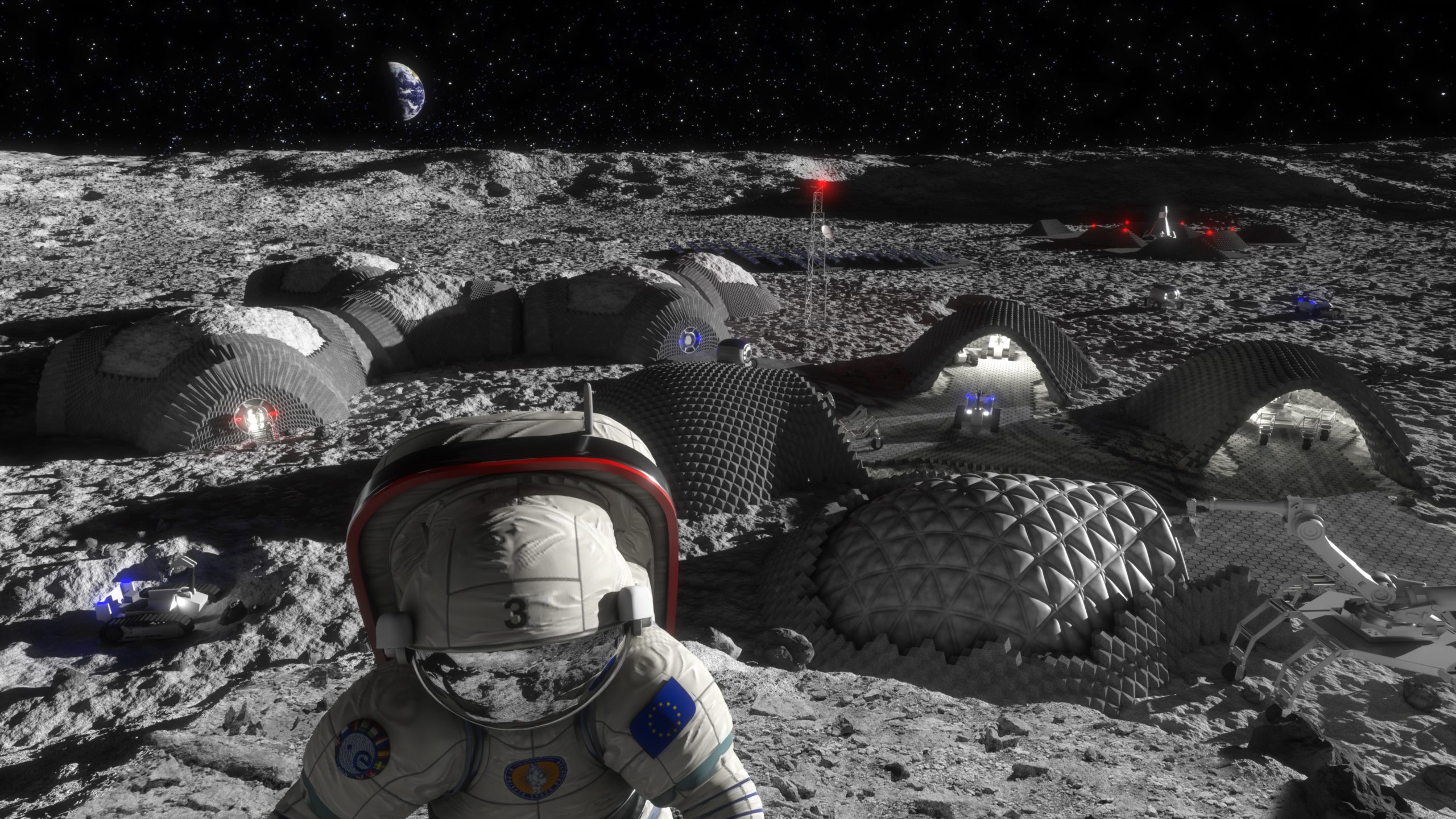Dead phone chargers shouldn’t require Amazon trips when your home printer creates replacements—and that’s just the beginning of 3D printing’s replicator revolution. Modern 3D printers now fabricate everything from midnight snacks to medical implants, delivering the practical magic Star Trek promised decades ago.
While Captain Picard’s replicator converted energy into Earl Grey tea, your future kitchen will transform digital recipes into customized meals using edible pastes and proteins.
From Plastic Toys to Metal Aerospace Parts
Single machines now combine rigid plastics, flexible materials, and dissolvable supports in one print job.
Industrial-grade metal printing through selective laser sintering creates airplane components and custom hip replacements with precision that rivals traditional manufacturing. You’ll soon download and print everything from broken appliance parts to jewelry designs, reducing supply chain dependence significantly.
Desktop printers like MakerBot’s Replicator series already let early adopters fabricate toys, prototypes, and household items—though complex prints still require patience and post-processing finesse.
Your Kitchen Gets the Replicator Treatment
Food printers like the Foodini transform chocolate, dough, and plant proteins into precision nutrition.
“You can absolutely do things that are not possible by hand, but you can also do customized nutrition in even boring square shapes like crackers,” explains Lynette Kucsma from Natural Machines, makers of the Foodini food printer. Companies like CookieCAD push further into edible artistry, creating intricate food designs impossible through traditional cooking.
Your future meal prep might involve downloading dinner rather than shopping for ingredients—though current food printers work more like slow, precise cake decorators than instant meal creators.
Printing Living Tissue Pushes Medical Boundaries
Bioprinters layer living cells to create functional human tissue for transplants and drug testing.
Specialized 3D printers now deposit living cells layer by layer, creating tissue samples for medical research and potentially functional organs for transplant patients. This breakthrough transforms personalized medicine from concept to reality, though full organ printing remains years away from your local hospital.
Reality Check: We’re Not in the Enterprise Yet
Current limitations include material requirements, setup complexity, and print speed constraints.
Your home replicator won’t conjure objects from thin air—but it’s revolutionizing how you create, customize, and consume physical goods. The trajectory points toward fully automated home fabrication, where downloading and printing replace shopping and shipping for countless everyday items.






























